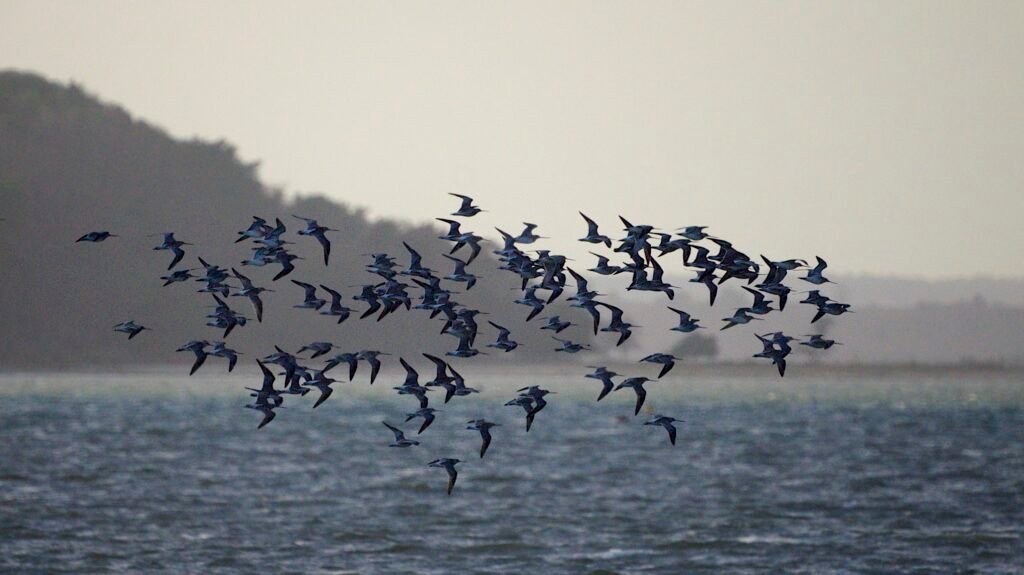Ever wondered why some people seem to have their feet permanently planted in wanderlust while others find comfort in routine? If you believe in astrology, it might have something to do with being born under the sign of the Sagittarius archer. But here’s something fascinating: the natural world is absolutely full of creatures whose epic journeys mirror that same restless spirit that drives Sagittarians to constantly seek new horizons.
From Arctic terns that literally chase summer across the globe to caribou herds thundering across vast tundra landscapes, animal migrations showcase the same adventurous spirit that makes Sagittarius the zodiac’s ultimate explorer. These incredible journeys aren’t just about survival – they’re about an almost magnetic pull toward something beyond the familiar. So let’s dive into the remarkable world of animal migrations and discover which creatures embody that quintessential Sagittarian wanderlust.
The Arctic Tern: Ultimate Sagittarius Spirit Animal
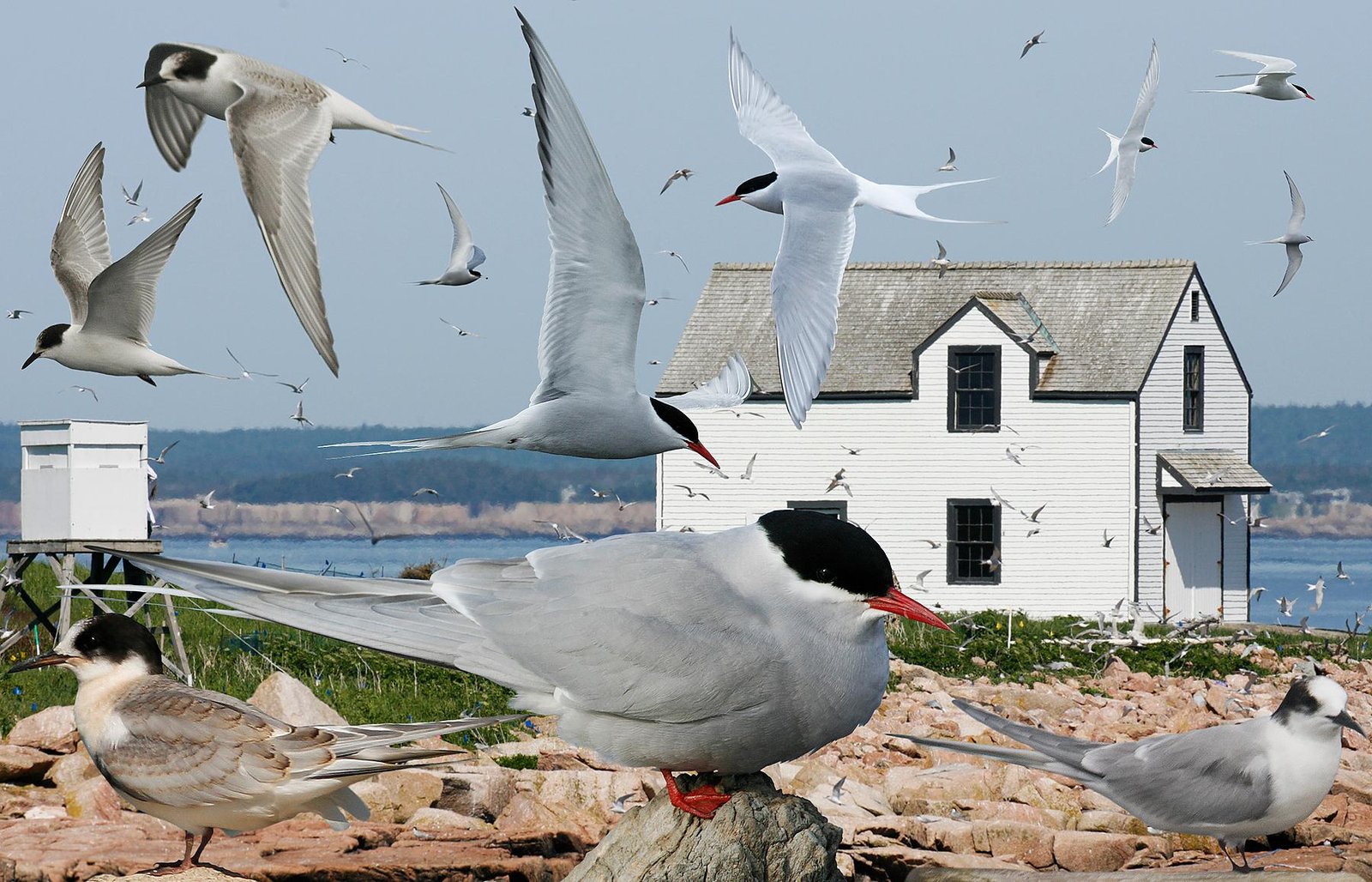
If there’s one creature that perfectly captures the essence of Sagittarius wanderlust, it’s the Arctic tern. The Arctic tern has the longest migration of any animal species, boasting the longest migrations known in the animal kingdom. These remarkable birds literally follow the sun around the world, experiencing what might be the closest thing to perpetual summer that any living creature can achieve.
An Arctic Tern clocked a whopping 59,650 miles over the course of its yearly migration from its breeding area on an island off the coast of England to Antarctica, and then back again. The tern’s trip marks the longest migration ever recorded – the equivalent of flying around the circumference of the Earth twice, plus 10,000 miles. Talk about commitment to the journey! The average Arctic tern lives about 30 years and will, based on the above research, travel some 2.4 million km (1.5 million mi) during its lifetime, the equivalent of a roundtrip from Earth to the Moon more than three times.
Just like a typical Sagittarius who gets energized by new experiences and different cultures, the species is strongly migratory, seeing two summers each year as it migrates along a convoluted route from its northern breeding grounds to the Antarctic coast for the southern summer and back again about six months later. They’re literally chasing endless summer – the ultimate embodiment of freedom and adventure.
Gray Wolves: The Restless Wanderers
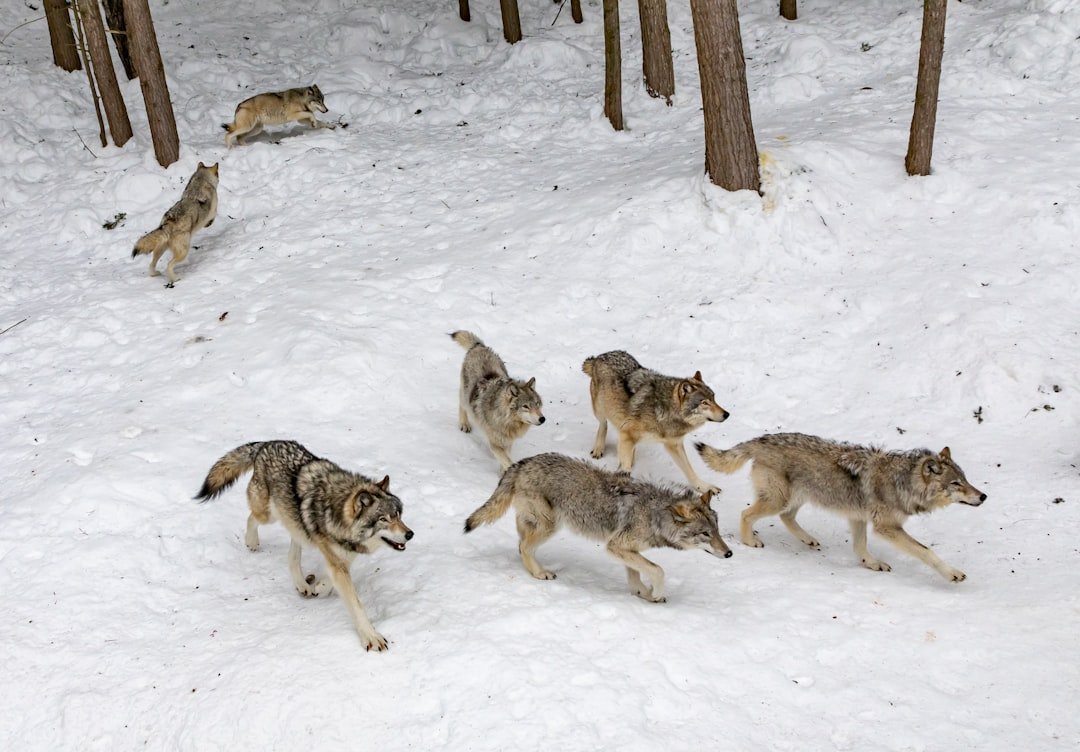
While many people think of migration in terms of seasonal movements, gray wolves represent a different kind of wanderlust that mirrors Sagittarius energy perfectly. Caribou likely do exhibit the longest terrestrial migrations on the planet, but, over the course of a year, gray wolves move the most. These apex predators showcase the kind of relentless movement that would make any Sagittarius proud.
Research has recorded wolves traveling up to 4,497 kilometres annually. Unlike the predictable patterns of many migrants, wolves embody that spontaneous Sagittarius spirit – they go where they need to go, when they need to go there. Their movement isn’t just about following prey; it’s about territory, exploration, and maintaining their place in the ecosystem.
The fact that predators often travel more than their prey speaks to something deeper about the Sagittarius personality. Not only can predators keep up with their prey, they are often required to move much more in the course of their search for a meal. In Mongolia, gray wolves moved more than their prey, the khulan and wild camel. It’s that constant drive to seek, explore, and push boundaries that defines both the wolf and the archer.
Humpback Whales: Gentle Giants with Big Dreams
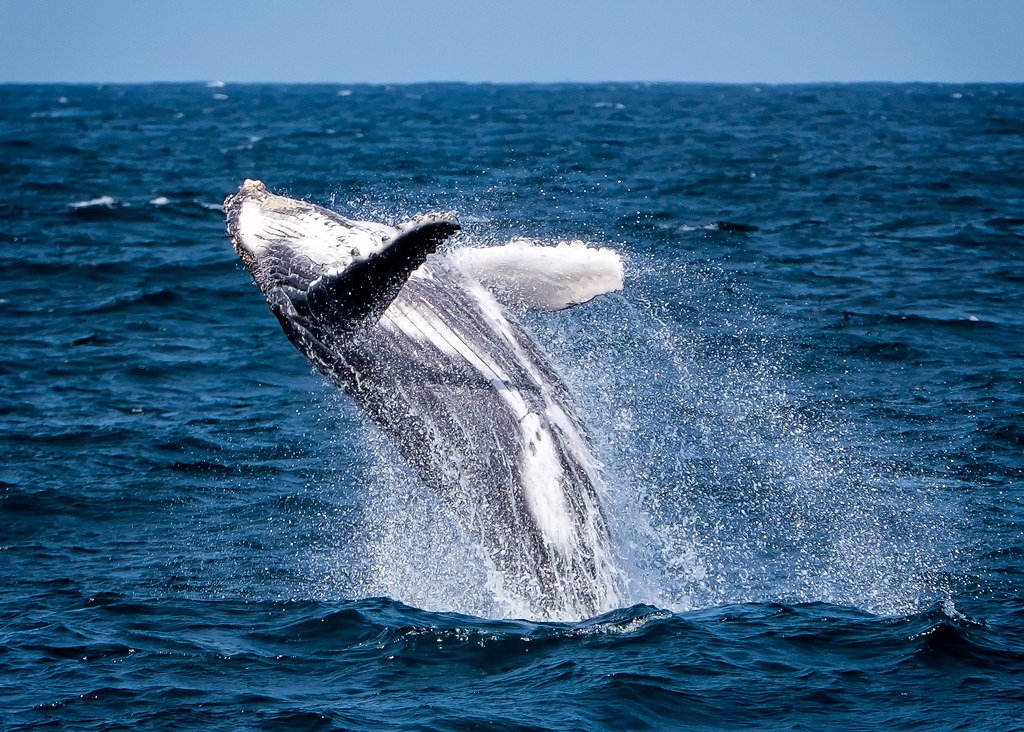
Humpback whales embody the philosophical side of Sagittarius wanderlust. Their migration can be up to 25,000 kilometers (16,000 miles) round-trip, making it the longest migration of any mammal on Earth. These magnificent creatures aren’t just traveling for the sake of it – they’re following ancient wisdom passed down through generations.
What makes humpback whales particularly Sagittarian is their approach to the journey. Humpback whales are slow swimmers, but they make up for it by traveling non-stop for days at a time. They do not feed along their migration route and instead survive on fat reserves built up during the summer months. It’s the ultimate test of faith and commitment to the bigger picture.
Like a Sagittarius embarking on a spiritual journey or gap year adventure, these whales demonstrate that sometimes the most meaningful trips require sacrifice and trust in the process. They’re not rushing to get there – they’re savoring every mile of the experience while staying focused on their ultimate destination.
Monarch Butterflies: Multi-Generational Dreams
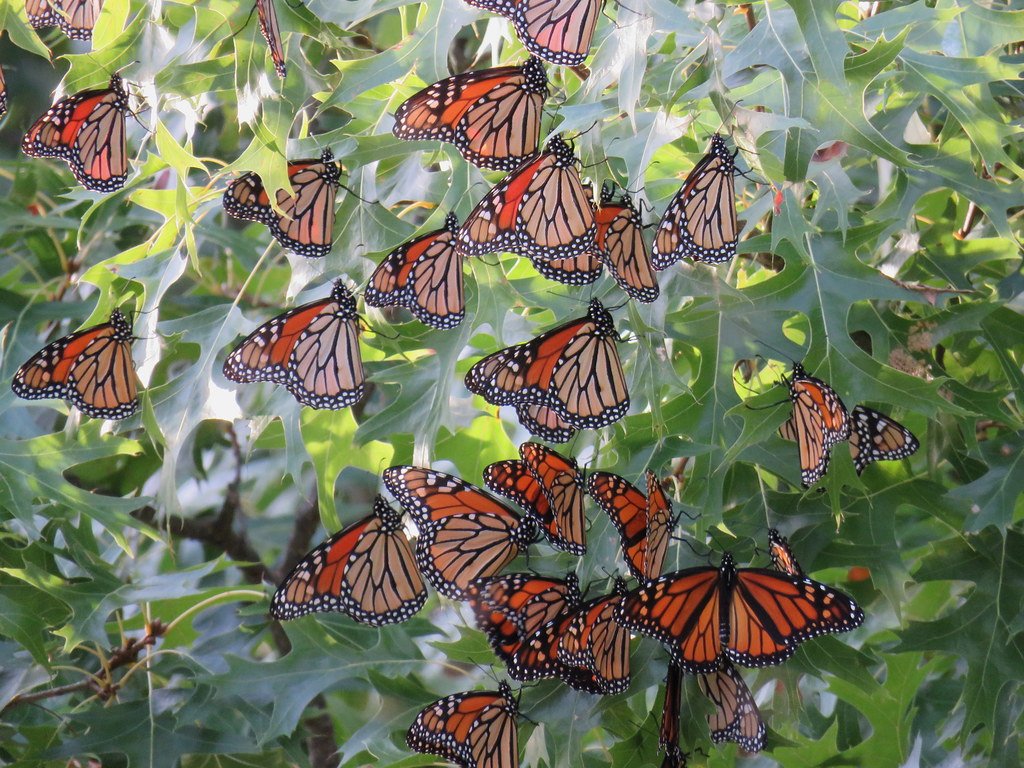
Perhaps no migration story captures the Sagittarius spirit of passing on wisdom and adventure like that of the monarch butterfly. Monarch butterflies (Danaus plexippus) migrate to avoid cold temperatures in the winter. These butterflies cannot survive freezing temperatures, so they fly from Canada all the way to Mexico, where they gather to keep warm over winter. They make the return journey over many generations, stopping to lay eggs on milkweed plants along the way.
What’s absolutely fascinating is that no single butterfly completes the entire round trip. Monarch butterflies complete an annual circuit up to 9,000 km in North America in four generations. It’s like a family tradition of wanderlust passed down through generations – very much in line with how Sagittarians often inspire their children and friends to embrace adventure and exploration.
The monarchs represent that beautiful Sagittarian quality of starting something bigger than yourself, knowing that others will carry on the journey. They embody the sign’s connection to higher purpose and the understanding that some adventures are meant to transcend individual lifetimes.
Caribou: The Ultimate Road Trip Champions

If Sagittarians had hooves instead of feet, they’d probably be caribou. Caribou, from numerous populations, were found to have the longest existing migrations in the world, with the round-trip distances exceeding 745 miles (1,200 km). But it’s not just about the distance – it’s about the spirit of the journey.
Some mammals undertake exceptional migrations; reindeer have one of the longest terrestrial migrations on the planet, reaching as much as 4,868 kilometres (3,025 mi) per year in North America. These incredible creatures move across landscapes with the kind of determination that would make any Sagittarius nodding in recognition.
What makes caribou particularly relatable to Sagittarian wanderlust is their seasonal restlessness. That’s a distance of about 400 miles as the crow flies, but satellite tracking shows that the animals might actually zig and zag over 3,000 miles a year to complete the round trip. Eastern migratory caribou herds (which have declined alarmingly in recent years) winter in Ontario and Quebec’s boreal forests but head for the tundra each spring. They’re not just moving from point A to point B – they’re exploring, meandering, and making the journey as important as the destination.
Bar-Tailed Godwits: Non-Stop Adventurers

For pure endurance and commitment to the journey, few creatures match the bar-tailed godwit’s incredible non-stop flights. The migration is the longest nonstop flight of any known bird – over 8,400 miles. These birds take the Sagittarius motto of “go big or go home” to heart in the most literal way possible.
Bar-tailed godwits breed in Alaska and winter in New Zealand and make the longest known non-stop flapping flights, lasting more than two hundred hours and covering up to 12,000 km across the Pacific Ocean. Their total annual migration circuit extends over 30,000 km covered in three main flights. That’s roughly 200 hours of continuous flight – no bathroom breaks, no snack stops, no checking social media.
The godwits represent that intense Sagittarian focus when they’re truly committed to something. They will try to do the entire journey in one leg without stopping. It’s that all-or-nothing approach that characterizes both the bird and the zodiac sign – when they decide to go somewhere or do something, they commit completely.
Gray Whales: Coastal Road Trippers
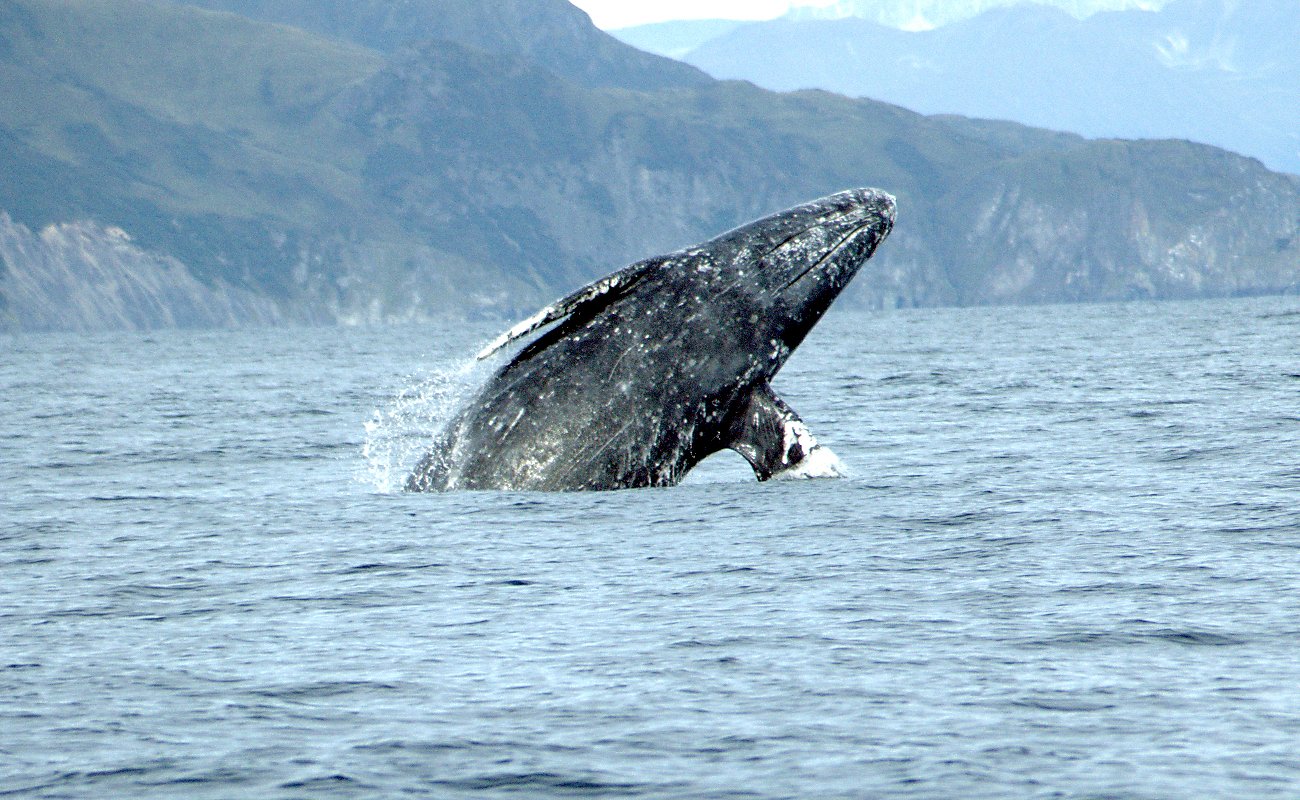
Gray whales embody the Sagittarian love of scenic routes and taking the long way around. The gray whale undertakes one of the longest migrations of any marine mammal, covering 8,000 to 11,000 kilometers annually. Divided into eastern and western populations, these whales migrate between their feeding grounds in the Bering and Chukchi seas and their breeding and calving lagoons along the west coast of Baja California Peninsula and the southern Gulf of California.
What makes gray whales particularly Sagittarian is their approach to travel. Unlike some other migrators who take the most direct route possible, gray whales seem to enjoy the journey itself. Notably, the gray whale lacks a dorsal fin, and its migration involves spectacular displays, such as breaching and distinctive heart-shaped blows. This migratory journey, marked by incredible distances and specific calving sites, is a testament to the remarkable behavior and adaptability of the gray whale species.
They’re not just traveling to get somewhere – they’re putting on a show, enjoying the experience, and making memories along the way. It’s exactly the kind of approach to life that makes Sagittarians such delightful travel companions.
Leatherback Sea Turtles: Ancient Wisdom Seekers
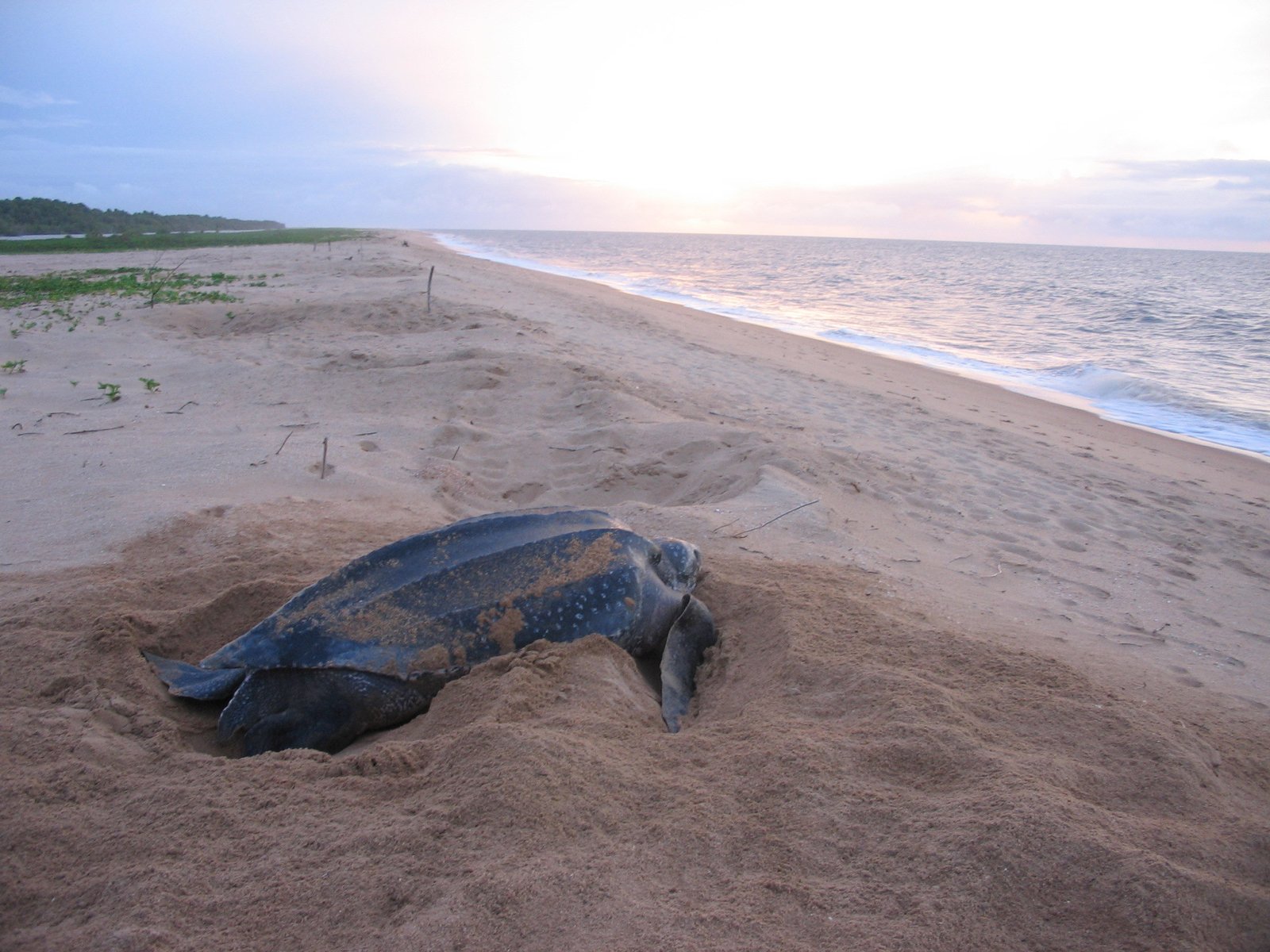
Leatherback sea turtles represent the more spiritual and wisdom-seeking aspects of Sagittarian wanderlust. The leatherbacks feeding off North America’s Pacific Coast migrate back to nesting grounds as far as Indonesia and the Solomon Islands, an incredible journey that can take 10 to 12 months. These ancient mariners have been making epic journeys for millions of years.
Atlantic leatherbacks also exhibit some serious wanderlust. Satellite tracking has revealed turtles nesting in French Guiana and foraging as far north as Newfoundland, and you can follow your favorite animals online through the Sea Turtle Conservancy. Like Sagittarians who are drawn to ancient wisdom and spiritual practices, these turtles follow ancestral paths that connect them to something larger than themselves.
The fact that we can now track their journeys online speaks to the modern Sagittarian fascination with technology and exploration. Satellite telemetry studies hypothesize that these ocean explorers may guide themselves across the ocean by following the sun, visual shoreline cues, or even some type of magnetic compass. They’re using every available navigation tool – both ancient and modern – to find their way.
Ruby-Throated Hummingbirds: Small Birds with Big Dreams
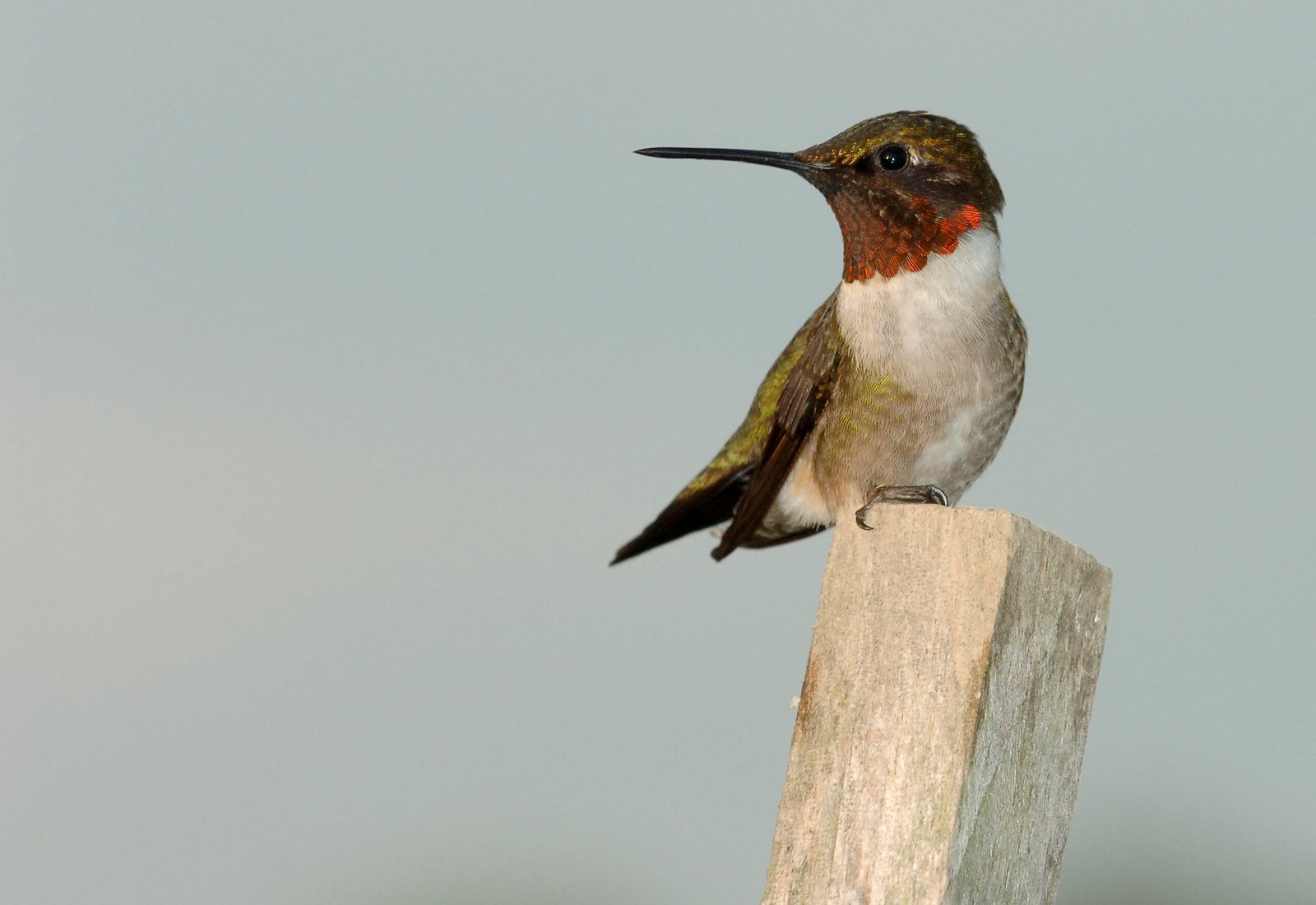
Don’t let their size fool you – ruby-throated hummingbirds pack serious Sagittarian energy into their tiny frames. These tiny birds weigh about as much as a U.S. nickel, yet their migratory journey includes an incredible flight covering some 1,400 miles. The birds can beat their wings a nearly imperceptible 53 times per second, helping them cover a lot of ground.
What makes these hummingbirds particularly inspiring from a Sagittarian perspective is their refusal to let limitations define them. Ruby-throated hummingbirds spend the winter in Central America but begin the trek north each spring to a warm-weather range. They can be seen in woods and flower gardens across much of North America east of the Rocky Mountains. These beloved birds are familiar at many feeders during the spring season, and their return is a welcome sign of warm weather in the northern latitudes.
They embody that Sagittarian optimism and belief that anything is possible if you’re willing to work for it. Size doesn’t matter when you have the heart of an explorer and the wings to match your dreams.
Globe Skimmer Dragonflies: Following the Rains
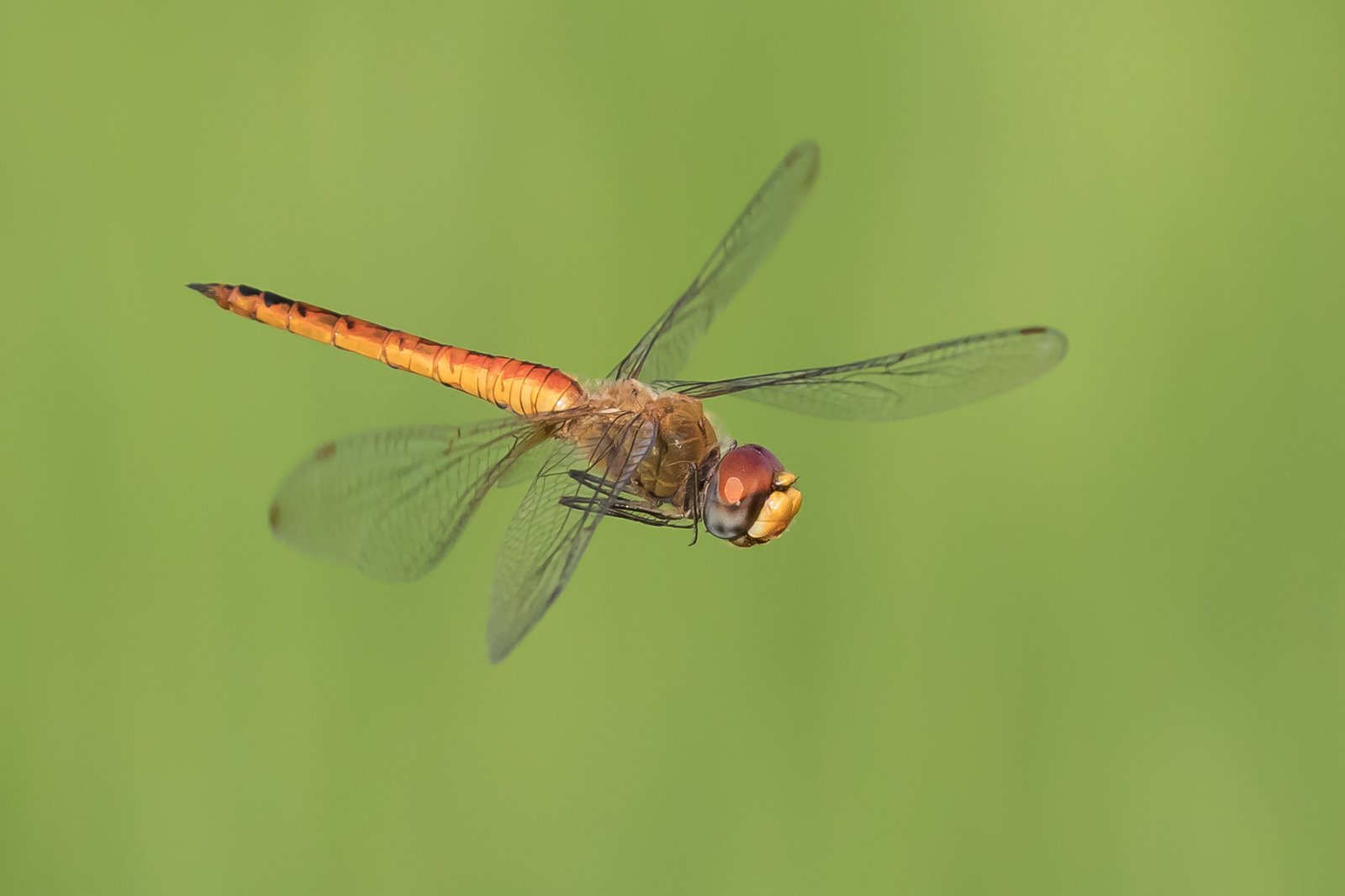
The globe skimmer dragonfly represents the more intuitive and adaptable aspects of Sagittarian wanderlust. The ‘globe skimmer’ (Pantala flavescens) is a champion migrator among insects, travelling more than 11,000 miles while following seasonal rains to lay eggs in ephemeral pools. These remarkable insects don’t follow a set calendar or predetermined route – they follow opportunity and instinct.
The globe skimmer (a dragonfly) presumably exploits the monsoon rains in India and rainy seasons in southern and equatorial Africa in a 15,000 km circuit in four generations. Like Sagittarians who thrive on spontaneity and following their instincts, these dragonflies adapt their travel plans based on what the world offers them.
This approach to migration – following natural rhythms and seasonal opportunities rather than rigid schedules – perfectly captures the Sagittarian philosophy of staying open to possibilities and letting life guide you to where you need to be.
The Universal Pull of Movement
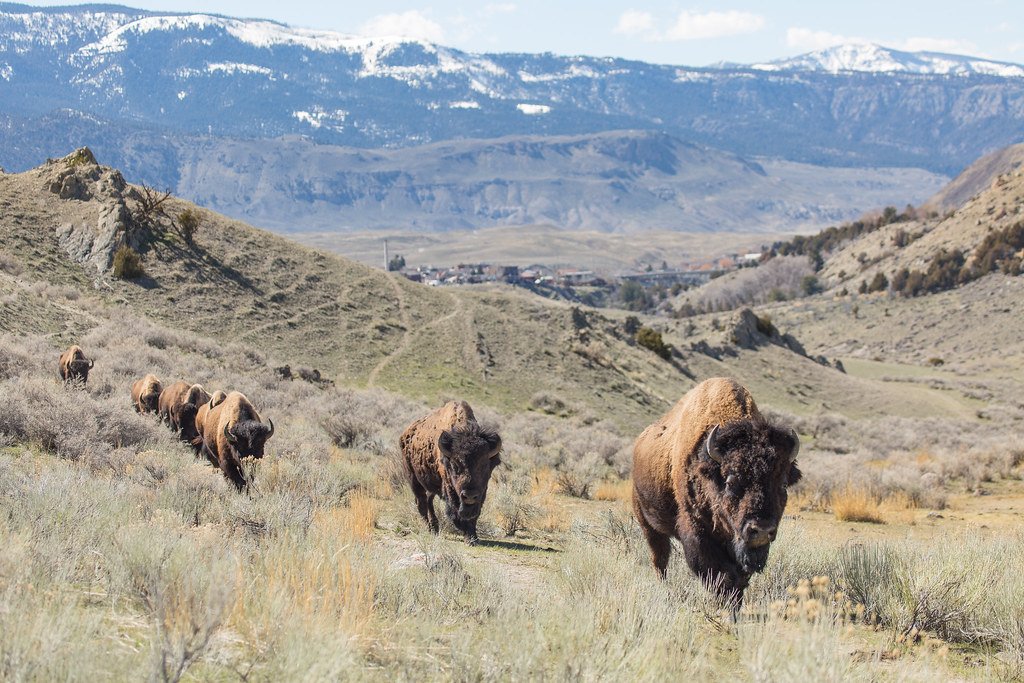
What connects all these incredible migrators to Sagittarius energy is something deeper than just physical movement. The evolutionary mechanisms behind migratory behavior are ecological and biogeographic, and reflect the fitness advantage of seasonally tracking habitats that vary in their distribution of resources, environmental conditions, intra- and inter-specific competition, predation, gene flow, and parasites.
Migration isn’t just about getting from point A to point B – it’s about optimization, growth, and constantly seeking better conditions. It’s hard; it’s a taxing, energetically expensive journey. It allows them to exploit different resources that they wouldn’t have been able to find if they’d stayed put, but a lot of animals die trying to complete migrations. This perfectly mirrors the Sagittarian understanding that growth requires risk and that the most rewarding experiences often come with the highest stakes.
Whether we’re talking about Arctic terns chasing endless summer or wolves covering thousands of miles in search of territory and prey, these creatures demonstrate that wanderlust isn’t just about restlessness – it’s about an deep understanding that staying still means missing out on life’s greatest opportunities. In the natural world, just like in the Sagittarian worldview, movement equals growth, and growth equals survival.
The remarkable migrations we see throughout the animal kingdom remind us that the urge to explore, discover, and push boundaries isn’t just a human trait – it’s a fundamental force of life itself. From the smallest hummingbird to the largest whale, creatures across the globe embody that quintessential Sagittarian spirit that says the journey is just as important as the destination, and sometimes the best way to find yourself is to lose yourself in the vastness of the world.

Hi, I’m Andrew, and I come from India. Experienced content specialist with a passion for writing. My forte includes health and wellness, Travel, Animals, and Nature. A nature nomad, I am obsessed with mountains and love high-altitude trekking. I have been on several Himalayan treks in India including the Everest Base Camp in Nepal, a profound experience.

